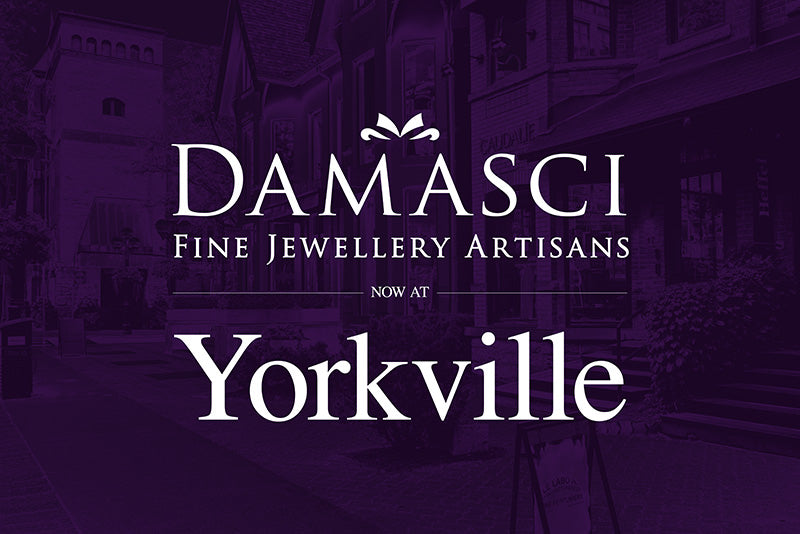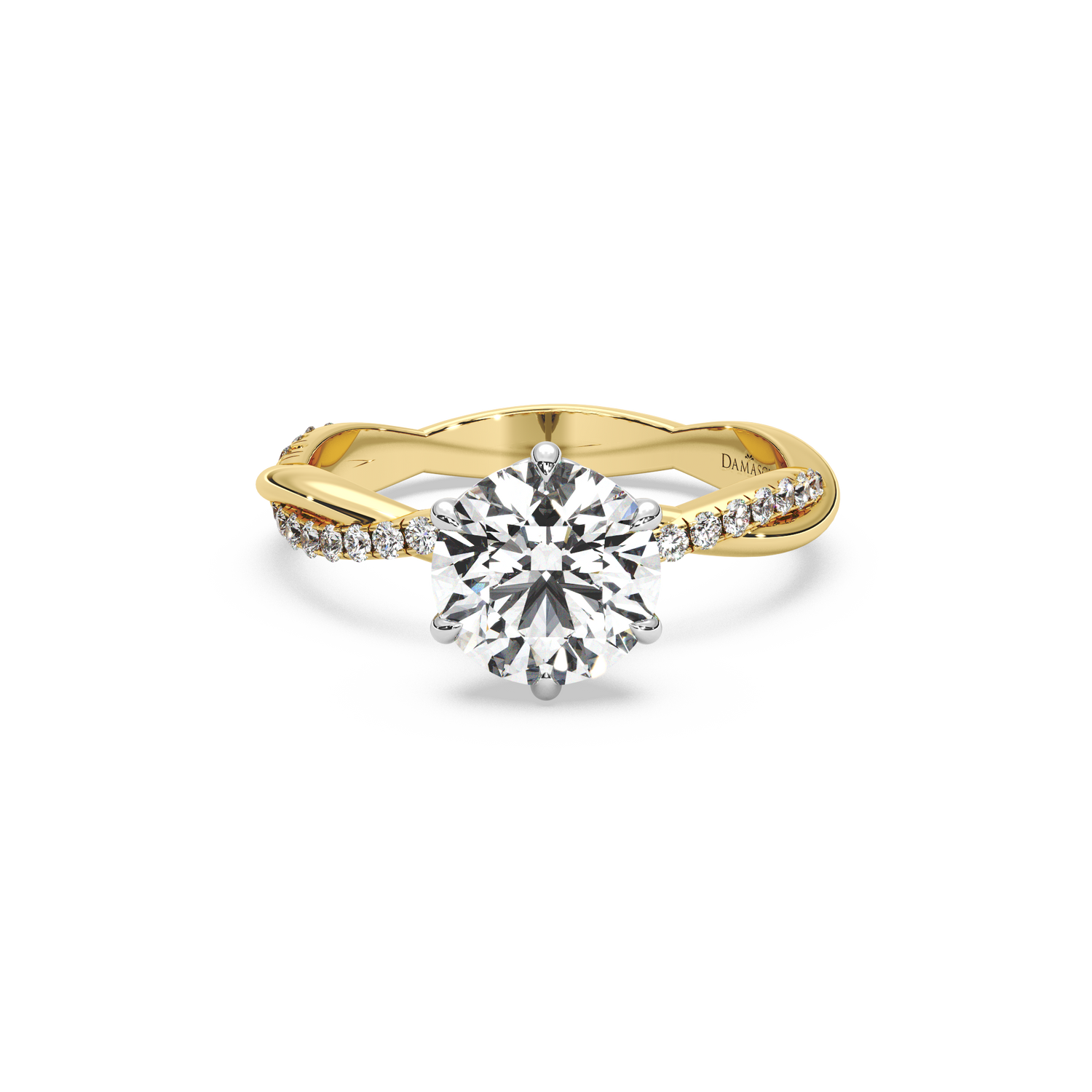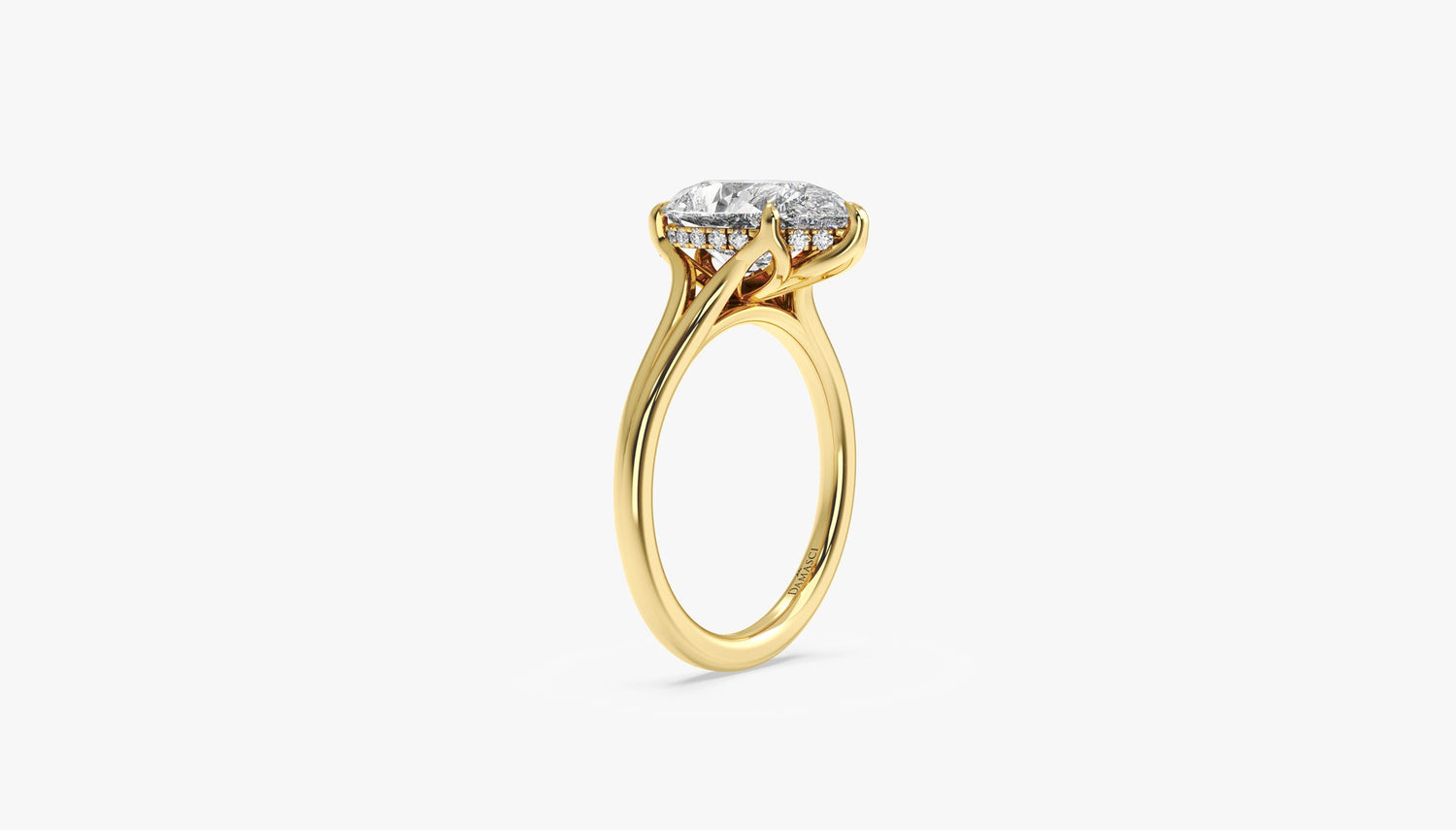Natural diamonds have ruled the jewellery market over the years. However, due to their physical and chemical similarities, lab-grown diamonds have also gained traction in the market. Even though many individuals are opting for lab-grown diamonds, natural diamonds still reign supreme among diamond experts; this is because a lot of people still have doubts about the authenticity of a lab-made diamond. So, let's dive into understanding if lab-grown diamonds are genuinely as good as real diamonds.
What Are Lab-Grown Diamonds?
Lab-created diamonds, otherwise referred to as synthetic or cultured diamonds, result from advanced technological processes capable of successfully replicating the natural conditions of diamond formation deep within the Earth. These advanced technological processes include high pressure-high temperature (HPHT) and chemical vapour deposition (CVD), which yield diamonds chemically, physically, and optically identical to natural diamonds.
There is no difference in appearance or brilliance to the naked eye between a lab-created diamond and a natural one. Both have that brilliance, sparkle, and fire that make diamonds a symbol of luxury and eternal love. Even gemologists use special equipment to tell the difference.
Natural vs. Lab-Grown Diamonds: The Key Differences
While lab-grown and natural diamonds share many similarities, they also have several key differences. These differences span various aspects, including origin, cost, environmental impact, and ethical considerations.
Origin
Natural diamonds require billions of years to form deep within the mantle of the Earth. They are pushed upwards through volcanic eruptions and then mined, cut, and polished into the brilliant stones that you see in the stores. Basically, it is this integrity of the natural process that highly contributes to the value and mystique of natural diamonds.
Lab-grown diamonds, however, are grown within a couple of weeks inside a controlled laboratory environment while replicating the natural conditions of diamond formation. The lab-grown diamond process is much faster than that of natural diamonds and can be carefully controlled to produce diamonds in certain qualities and sizes.
Cost
The biggest difference between naturally grown and lab-grown diamonds probably has to do with the pricing of the gemstones. Lab-created diamonds are usually 20-40% more affordable than naturally grown diamonds. This is because it is cheaper to produce and takes less time to make the lab-grown ones. To consumers in Toronto, this makes lab-created diamonds a desirable option since consumers get more bang for their buck without sacrificing quality or appearance.
Environmental Impact
For years, diamond mining has been under scrutiny for its environmental impacts. Conventional diamond mining operations often cause extensive land disturbance, water pollution, and gigantic carbon footprints. On the other hand, lab-grown diamonds have proved to be relatively kind to the environment. Producing diamonds in the lab requires much less energy and water than those dug up from mines, minus the harm to natural habitats.
Ethical Considerations
The debate surrounding diamonds also involves ethics. The term "blood diamond" or "conflict diamond" refers to a diamond mined in a war zone and subsequently sold to finance armed conflict against governments. Though efforts have been made to curtail the trade in conflict diamonds, the issue remains a concern.
Because they are created in a controlled environment, lab diamonds avoid these ethical dilemmas.
Are Lab-Grown Diamonds Real Diamonds?
One of the most common questions about lab grown diamonds is whether they are, in fact, "real" diamonds. The answer is simply yes. Lab-grown diamonds aren't diamond simulants but actual diamonds, like cubic zirconia or moissanite. Composed of the same material, pure carbon crystallised in an isometric structure, they have the same hardness, brilliance, and durability as natural diamonds.
Lab-grown diamonds are rated using the same standards as natural ones with respect to cut, colour, clarity, and carat weight. Certification by organisations such as the Gemological Institute of America secures the quality and authenticity of lab-grown diamonds. Whether you buy a lab-grown diamond or a natural one, what you have is a pure gemstone which will last a lifetime.
The Future of Lab-Grown Diamonds
Lab-created diamonds boast a great future, especially within the city of Toronto. With advancements in technology, lab diamond creation can be efficient enough to yield a variety of lab diamonds that are accessible to customers. Demand for sustainable and ethical products has spurred the popularity of lab-grown diamonds in Toronto, and customers are accepting them with open arms.
Another great thing about lab diamonds is that they don't have to be traditional white. Coloured diamonds- an extremely rare and pricey natural diamond form- can be created much more cheaply in a laboratory, opening up possibilities for unique and original jewellery designs.
Choosing Between Lab-Grown and Natural Diamonds
It depends on various factors when it comes to choosing either lab-created or natural diamonds. Both of them have their advantages, and it depends on which one is preferred over the other since different people have different priorities.
Investment Value
One of the main arguments in favour of natural diamonds is their investment value. Historically, natural diamonds retain a good deal of their value; sometimes they even appreciate. Their lab-grown counterparts are still new to the market, however, and their long-term value as an investment is decidedly uncertain.
If you are purchasing a diamond for investment purposes, a natural one will be the better choice. However, if your interests are aesthetic and budgetary, then a lab-grown diamond provides great value for money.
Customization and Availability
The customization possibilities are far greater with lab-grown diamonds. Due to the fact that they can be grown on demand, finding or creating a diamond as per your preference is much easier. If you are in search of a specific carat weight, colour, or shape, lab-grown diamonds offer that range.
A large number of jewellers in Toronto, including Damasci, now offer laboratory-created stones alongside traditional stones and allow consumers to choose the best option for their needs. With this increased availability, finding the perfect diamond for an engagement ring, a pair of earrings, or a pendant is easier than ever.
Conclusion
So, are lab-grown diamonds any better than real diamonds? It depends on what you're focused on regarding the diamond. In all respects, lab-grown diamonds have the same brilliance, hardness, and fire as natural ones, not to mention the great added value in terms of ethics and environmental friendliness. For most customers, this is one of the biggest factors that make a lab-created diamond a great replacement for a natural stone.
Ultimately, the decision to choose between natural or lab diamonds is wholly a personal preference: whether it be tradition, sustainability, or even price, Damasci has the best lab-grown diamonds in Toronto for all your jewellery needs. With the market for lab-grown diamonds on the rise, one thing's for sure: these gems are here to stay—and they just might be the perfect choice for your next fine jewellery purchase.





